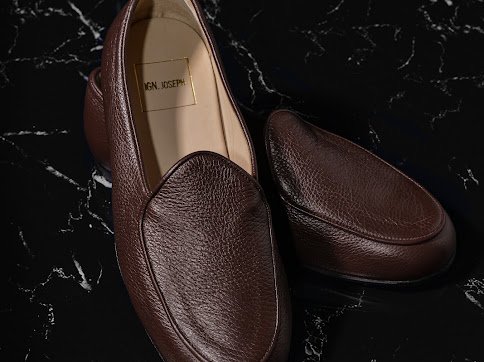The foundation of classical men’s style rests upon a fascinating paradox: its strength is derived from its limitations. Unlike the expansive, often seasonally transient domain of a woman’s closet, the gentleman’s wardrobe is a finely tuned, highly specialized instrument. It is a world where quality, permanence, and function triumph over sheer volume and fleeting trends.
This controlled environment is not a result of indifference, but rather a focus on essentialism. The core of this limited arsenal is a testament to timeless utility:
• The Suits: The architectural backbone, demanding precision in cut and fabric, often limited to a versatile palette of navy, grey, and perhaps charcoal.
• The Shirts: The canvas, a collection focused on impeccable fit and breathable fabrics, essential whites and blues dominating the rotation.
• The Shoes: The grounding element, a few pairs of high-quality leather Oxfords, Derbies, and perhaps loafers, polished to a mirror shine.
• Socks & Ties: The only true avenues for vibrant color and pattern, offering subtle yet powerful expressions of personality.
• Cufflinks & Watch: The functional jewelry, pieces chosen for their engineering and enduring design rather than ostentation.
• Hats & Umbrellas: The practical accessories, selected for classic shape and craftsmanship, prepared for both sun and storm.
• The Bag: The carrier of commerce and travel, usually a finely crafted leather briefcase or weekender, embodying purpose.
This curated collection forces the wearer into a conscious appreciation of craftsmanship. Since one cannot possess everything, the focus shifts to possessing the best of what one needs. The gentleman’s wardrobe is, therefore, a statement of deliberate choice—an elegantly restrained uniform that proves true style is achieved not by addition, but by perfect selection.


